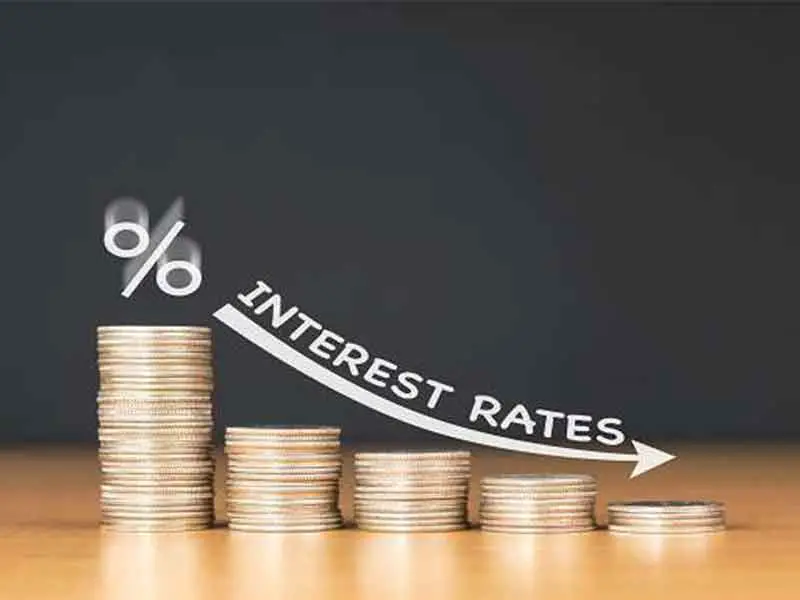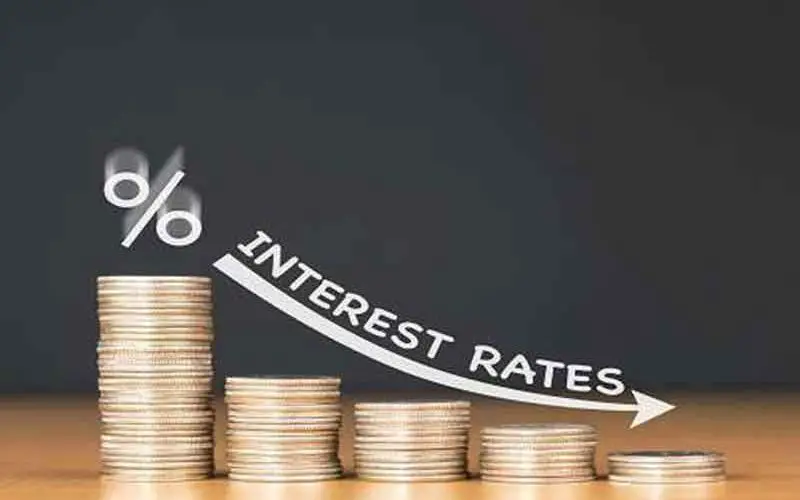5 Ways to grab lowest interest rate on personal loan

Generally before sanctioning a personal loan, lenders consider many factors such as the loan amount you have requested, your repayment capacity and maybe even the company you will work for. Interest rates on personal loans are usually more than those on others like home and auto loans. Therefore, when applying for a personal loan, try and get one at the best interest rate feasible, given other constraints.
1. Keep a good credit score
There are ways to grab lowest interest rate on personal loan as suggested financial experts. Credit score – One of many primary things a lender looks at once you submit an on line personal loan application, is really a catalyst in not just getting you your own loan approval but also a competitive rate of interest on the loan. It is very important to test your credit score online before applying for your own loan to understand your financial standing. When you have a credit score of 750 and above, you are in an improved position to negotiate and get the most effective personal loan offers but if your credit score is low, you can work to enhance it gradually.
A top credit score is the ticket to obtain a personal loan offer at favourable terms and rate of interest. You are able to maintain a wholesome credit score by adhering to a few simple steps:
- Keep your credit utilization ratio at 30% (ratio of credit used to credit limit available)
- Be consistent and timely with your debt repayments.
- Scan your credit report for errors and fix them.
- Maintain a wholesome mix of secured and unsecured loan.
2. Research, compare & choose the best lender
Believe it or not, only a little research goes a long way in benefitting you while applying for your own loan. With all information available at the tap of a key, invest some time and don’t rush in deciding on the lender, check what they give and their eligibility criterion along side documentation requirements. Compare all the lenders to understand what is most effective for you and apply with one lender at a time.
This can be sure that you’re making the best choice while selecting the most effective lender for your own loan.
3. Keep your employment history stable
Some lenders do look at your employment history and the credibility of the employer you’re working with while evaluating your personal loan application. When you’re preparing to apply for your own loan, make certain that you do not make any frequent job switches as that reflects upon negatively in your loan application.
Also, lenders are often unapprehensive to increase credit to applicants working with leading MNCs, companies, and establishments. It’s so because lenders perceive that employees working at such places normally have a stable job and income which makes it easier in order for them to repay the loan conveniently.
4. Clear unpaid debts before applying for a fresh credit
If you’ve unpaid debts like existing loan or charge card, make sure you pay them off first while applying for a new personal loan. It is very important because any unpaid debt decreases your personal loan amount eligibility by that amount and also makes you appear such as for instance a credit hungry candidate that will be not a good sign.
Lenders try to find signs in a candidate with robust credit repayment history and power to repay the next loan. Be sure you begin a new slate before applying for your own loan.
5. Check interest calculation method
It’s very likely to take place that despite a lender offering you lower rate of interest on personal loan, you really find yourself paying lots of amount towards interest by the end of the loan tenor. This is so because each lender features a different undertake the calculation of interest on personal loan that is important to know before applying for the non-public loan.
A lender may offer you your own loan either at a flat interest rate or at a reducing balance method. In the former, the interest outgo is calculated right at the beginning of the loan application process, that will be then distributed and put into the EMIs. While in the reducing balance method, the interest accrued is calculated on the cornerstone of principal remaining where EMIs gradually decrease the principal amount. In this way, your own loan at a flat interest rate actually proves costlier than the reducing balance method.









